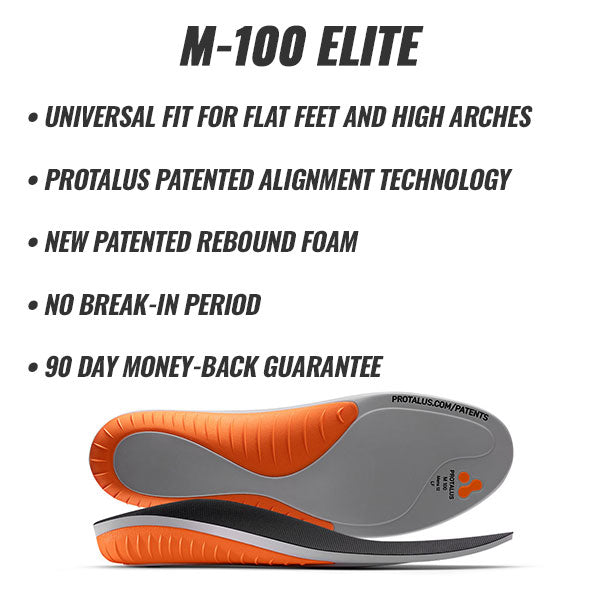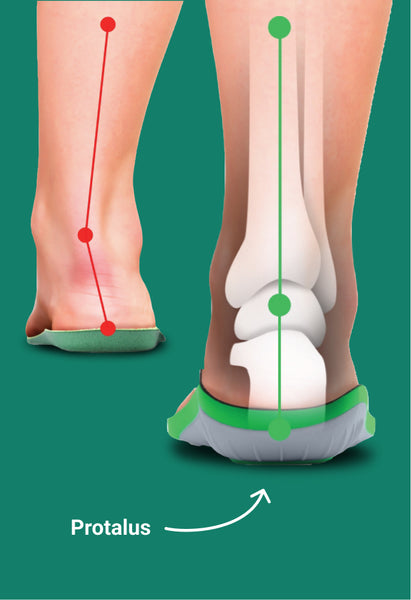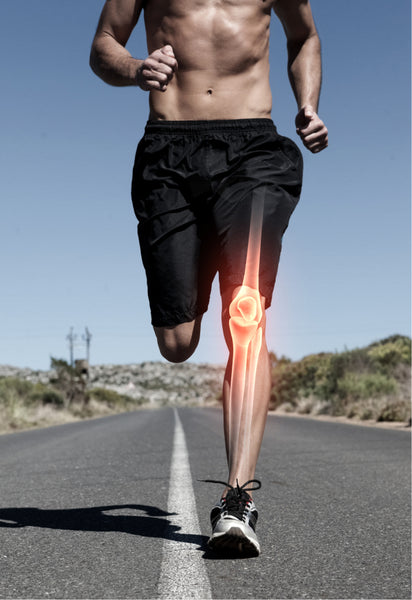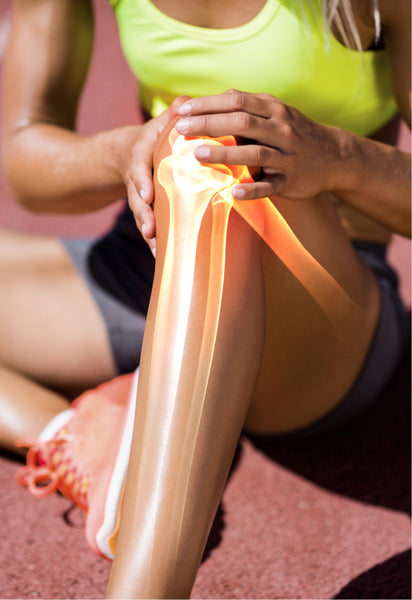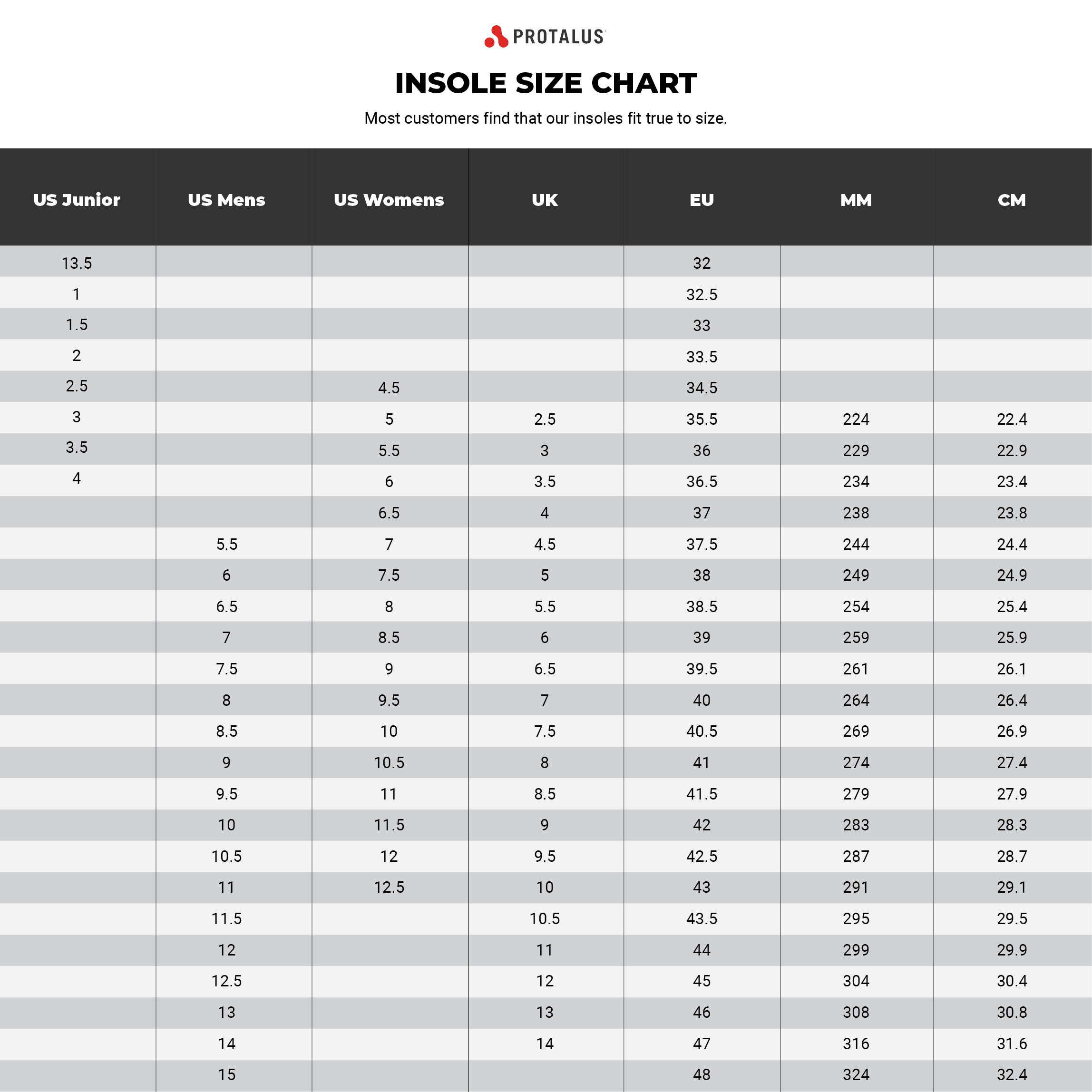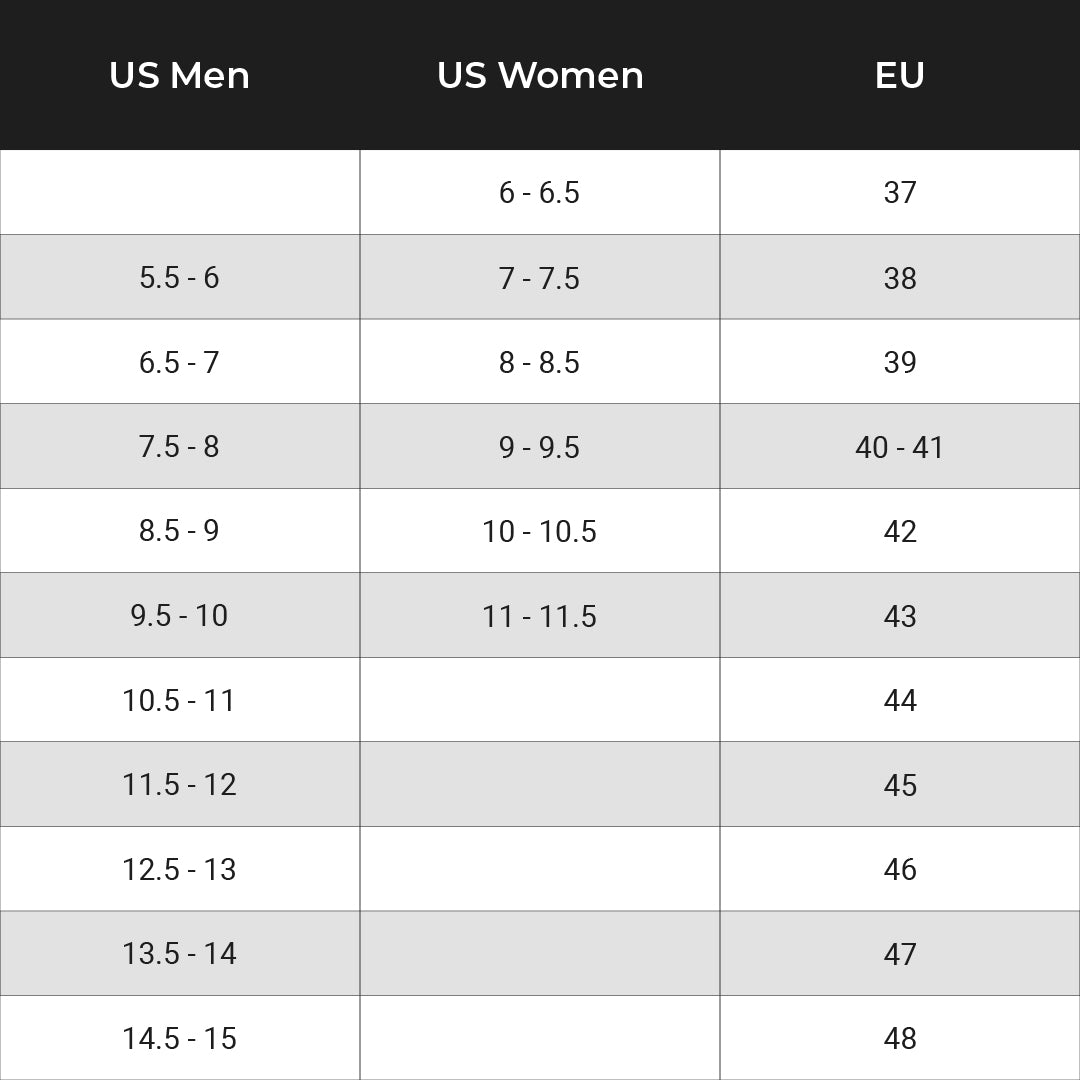Achilles Tendonitis Treatment
Achilles Tendonitis Home Treatment
If you’ve ever decided to start a new exercise routine and then, a few days in, had to stop because of pain in the back of your leg, you may have experienced achilles tendonitis. Achilles tendonitis is an injury of the achilles tendon, which connects your heel to the muscles in your calf. It's common in runners, especially when the runner ramps up the intensity of the exercise too quickly, and it can also occur more often as you age or if you have high blood pressure. Usually it can be treated at home with some rest, ice, compression, elevation of the leg, and basic over-the-counter pain medication. That may be disappointing to hear if you've just started to make progress as a runner and now you have to stop for a bit. But “running through the pain” would cause even more injury. And sometimes, even after some rest, the pain comes back with the next run.

How to Heal Achilles Tendonitis
If the basic home remedy steps of rest, ice, compression, and elevation don’t seem to solve the issue, you might need to do something more. It’s worth noting that a little bit of prevention can go a long way. Before you conclude that something is seriously injured, ask yourself if you took the proper steps when you began your exercise. Did you properly stretch before your workout? Did you start slowly and build up your strength or jump right in and push yourself to your limits? Stretching is important and skipping it can lead to injuries such as achilles tendonitis. If you’ve done these things and still have pain, it’s time to see the doctor.
The doctor will likely push on the sore area and ask you about your pain levels to determine that it’s actually achilles tendon soreness that you’re experiencing. If the doctor is concerned about a deeper injury such as a tear in the tendon, they may order imaging tests such as x-rays, ultrasounds or MRIs. All of these tests will help the doctor determine the level of your injury.
If the imaging test reveals that you’ve just strained the tendon, it is likely that physical therapy will be recommended. The physical therapist can demonstrate an exercise routine that will slowly strengthen the tendon and get you back to the point where you can participate in activities such as running again. The consistent practice of these exercises is key to rehabilitation because it is the strengthening of the tendon over time that will prevent further injury and pain.
The doctor may also recommend the use of insoles or orthotics in your shoes. These can be worn not just during exercise but in your everyday shoes. An insole or even orthotic wedge that raises the heel will shorten the tendon slightly and reduce strain. Shock absorbing insoles will cushion the impact on the tendon when walking and give it a chance to rest and heal. A combination of inserts and physical therapy may also be recommended.

Surgery For Achilles Tendonitis
If imaging tests reveal that your tendon is torn, you may need surgery to repair it. There are two ways the surgery is performed, either with one larger incision or several small incisions. Either way the surgeon will sew the tendon back together. After the surgery you can expect to use a cast or walking boot for six to twelve weeks as you heal. With the surgery, there is a possibility of a decreased range of motion or that your tendon might not be as strong as it was before. Considering that, this is definitely one of those situations that calls to mind the saying, “an ounce of prevention is worth a pound of cure.”
Recommended Posts
Saying Goodbye to Leg and Foot Pain: The Power of Insoles
by Anna Heston • November 19, 2020Kick leg and foot pain to the curb with the proper shoe insoles! Discover relief now!
How Plantar Fasciitis Sufferers Find Comfort with Insoles
by Anna Heston • November 19, 2020Say goodbye to leg & foot pain! Insoles like Protalus T-100 offer relief, support & comfort.
Flat Feet: What It Really Means for Your Feet and Body
by Anna Heston • November 19, 2020Flat feet? Discover the challenges and relief with Protalus insoles! Say goodbye to pain, improve stability, and boost performance. Read more!







